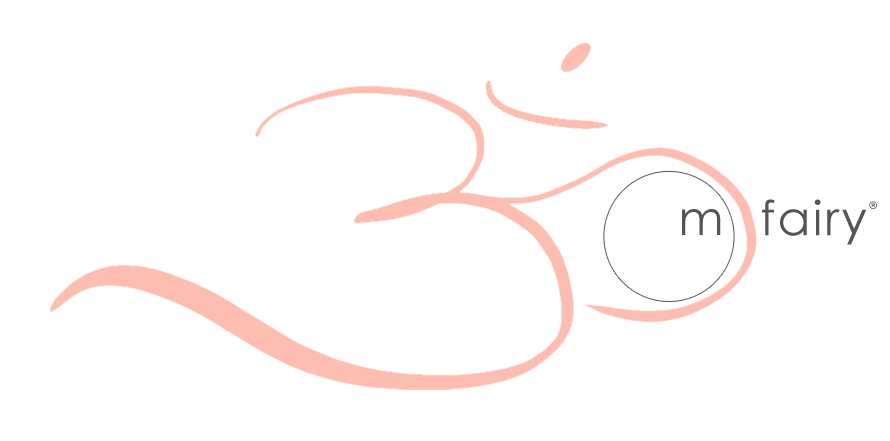
Sympathetic nervous system. Parasympathetic nervous system. They’re words that are often bandied about when we talk of the benefits of yoga. Sometimes we go a little deeper and talk about how these two systems play a role in our stress response, how they’re tied to the breath, or how we need to reactivate the parasympathetic nervous system (our rest & digest system). Rarely do we go much deeper than this high level understanding of the autonomic nervous system, but if we do, we find this system is triggered by so much more than tigers, lions, and bears, and the shifts in this system has far-reaching effects on not just our body but the mind as well.
Let me take a step back. The autonomic nervous system (ANS) is responsible for controlling bodily functions we need to live. It directs things such as our breathing, heart rate, and digestion, without us having to consciously control them. There are three parts to the ANS – the enteric nervous system, which I won’t get into today, and our friends the sympathetic nervous system (SNS or what is referred to as our “fight or flight” system) and parasympathetic nervous system (PNS, or “rest & digest”). The PNS is the baseline for ease, peace, and relaxation. When we’re relaxed, this system is on. The SNS is the system that kicks in when we need to be alert and at the ready, but that doesn’t mean it shuts down when we’re not. Think of the sympathetic nervous system like listening to the radio. You have a relaxing, enjoyable tune playing in the background, enhancing your relaxed state, but when an emergency happens, suddenly you hear the Emergency Broadcast System alert. During the emergency you have the loud, blaring noise, but when the emergency is over, the alert goes away and you are back to your soothing, relaxing, enjoyable baseline.
Our Emergency Broadcast System evolved to help us survive. When we saw an opportunity, such as fruit or nuts, it quickly went off to say, “Hey, you need to eat! Who knows when you’ll find calories again. Now climb that tree!” When we encountered a threat, such as the lion, our system said, “Holy heck, let’s get out of here NOW!” In both instances, the sympathetic nervous system kicked on, gave us the energy and power to get the fruit or run away or fight the lion. Once we were back in safety, the SNS would shut down and we’d be back at our leisurely pace of life.
The issue is today our threats are no longer tigers and our opportunities are no longer fruit. Our phones, email, and social media provide constant opportunity to jump into action or make a connection with a friend. The fully stocked refrigerator provides constant opportunity, as does the grocery store and multitude of restaurants that surround us. Our threats are bills, fear of losing a job, fear of speaking in public. Rejection from others. Things that will alter our life, but not an immediate life or death situation. The result of being constantly surrounded by these new age threats and opportunities in our SNS stays stuck in a heightened state instead of “mildly on”.
I briefly discussed how this plays out in our breathing patterns in a past article, The Power of Breath. Our breathing patterns change based on whether we are at our baseline, or in our heightened state of SNS arousal. The SNS is tied to our inhale. The PNS is tied to our exhale. When we’re scared, threatened, or excited, how do we breathe? If football players want to get pumped up before going onto the field what do they do? We have a tendency to focus on the inhale, shorten the exhale, or even hold the breath. When we’re relaxed, we elongate the exhale, like letting out a sigh of relief after a long day. “Ahhhhhh.”
Maybe at this point I’ve only told you what you already know. It makes sense. When we’re being chased by the lion, or when our SNS is heightened, we need more oxygen to fight or run. Some of the other changes in our body make sense too. Your muscles tense to get ready to flight or flee. Your pupils dilate so you can see. Your heartbeat increases to pump more blood, energy, oxygen. Then there are some of the things you wouldn’t think so much about, but they make sense. If you’re being chased by a tiger, you have no time to run to the restroom, get amorous with the apple of your eye, no time to eat. So your digestion flows, your libido drops. Great for fleeing the lion, not so great if you’re simply reacting to the daily onslaught of email, financial worry, or dealing with an overbearing boss.
Then there are the things that don’t often get talked about. You’re body chemistry changes. You release cortisol to suppress the immune system so any wounds you may have don’t become inflamed while you’re fleeing the lion. The cortisol stimulates our amygdala, which is the part of our brain that makes us more impulsive. It is also hard-wired to focus on negative information and react to it intensely. Your hippocampus and prefrontal cortex are inhibited, the former affecting your ability to form new memories and the latter being responsible for helping you analyze, exercise judgement, and control impulses.
So if you stay in this heightened state of sympathetic nervous system arousal, not only does the breath go awry. Certain systems of your body begin to shut down, your body holds onto tension, you become more attuned to negative information and more reactive to it, and less able to be rational and keep your long-term goals in mind. Like much of our body, the feedback loop works both ways from breath to brain, brain to breath, body to brain, brain to body. Change your breathing pattern, and you change the input to the brain. Let the body relax, and your brain has to question whether your SNS should be as active. Meditate, increasing the gray matter in the brain, and your prefrontal cortex will have better ability to remain in control and say, “Hey, brain, guess what? I don’t think this email that just came in means we need to hop into immediate action. Maybe we can stay relaxed with our family for now and focus on that tomorrow morning.”
One of the major benefits to a yoga practice: Beginning to discover when something is off so you can change course. You can notice the muscles are tense and ask why. You can notice your breath pattern has changed and ask why. Or you can notice your mind is stuck on a worry or something that happened and ask why. Either way, bringing awareness to one of these aspects of your body/mind complex can lead you to see what else is being affected, and it can help you shift your focus, breathing, or body so you are better able to deal with the why if it’s needed. Since they’re all connected, it only takes an awareness of one to lead you down the path.




